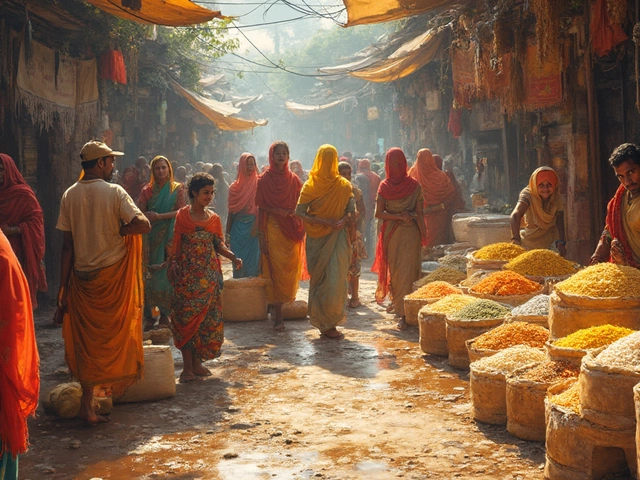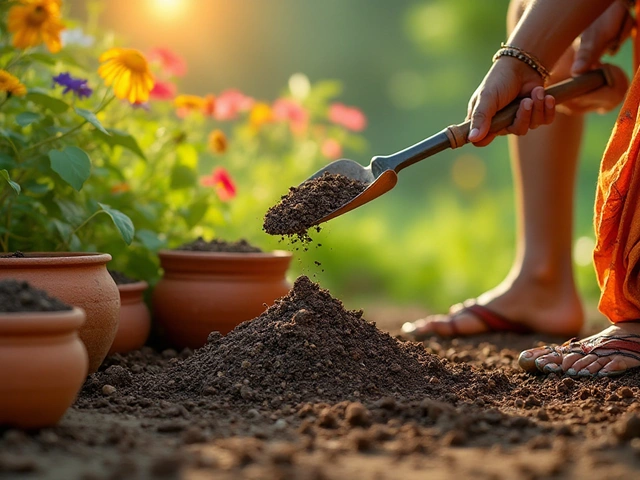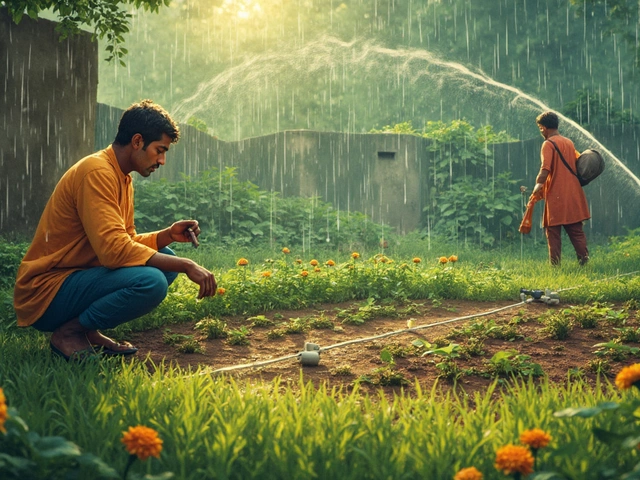Health Myths in Gardening: What’s Real and What’s Not
Ever heard a gardening tip that sounded too good to be true? You’re not alone. People love sharing quick fixes, but many turn out to be myths that waste time, money, or even harm plants. On this page we’ll sort fact from fiction so you can focus on what really works for a healthy garden.
We’ve collected some of the most common beliefs that crop up in Indian gardens and indoor plant circles. From the idea that every houseplant needs daily misting to the claim that drip irrigation is only for big farms, these myths spread fast on social media and in chatter at local nurseries. Let’s break them down, back them up with simple science, and give you clear steps to avoid the pitfalls.
Myth #1: Houseplants Need Daily Misting
The misting myth is everywhere. You’ll see posts saying misting raises humidity and keeps leaves glossy. The truth? Most indoor plants are fine with the humidity already in a typical Indian home. Over‑misting can actually promote fungal growth and make leaves soggy. Instead, check the soil – if the top inch feels dry, water normally. For humidity‑loving plants like ferns, place a tray of water nearby or use a humidifier a few times a week, not a spray bottle every day.
Myth #2: Drip Irrigation Is Too Expensive or Complicated
Many gardeners skip drip systems because they think the cost is out of reach. While an initial setup can cost more than a hose, the water savings pay off fast, especially in water‑stressed regions. The real barrier is knowledge, not price. You only need a few basic components – tubing, emitters, and a timer – and you can start with a small garden bed. DIY kits are cheap, and you can expand later. The key is to plan the layout, keep the lines shallow, and check for clogs regularly.
Another frequent myth is that coffee grounds are a miracle fertilizer for every plant. In reality, coffee is acidic and can harm plants that prefer neutral soil, like most vegetables. Use grounds sparingly and only for acid‑loving plants such as azaleas or blueberries. For most garden beds, a balanced compost works better and avoids pH swings.
Some people also believe that letting tap water sit for several hours removes all chlorine, making it safer for plants. Modern municipal water often uses chloramine, which doesn’t evaporate quickly. A simple charcoal filter or a small bucket of water left overnight can reduce both, but for most hardy plants the difference is negligible. Just avoid extremely cold water straight from the tap; let it sit at room temperature for 30 minutes if you can.
Finally, the “one‑size‑fits‑all” myth: using the same soil mix for every plant. Each plant has its own texture and nutrient needs. Heavy clay soils can choke roots of tomatoes, while cactus need gritty, well‑draining mix. Look at the plant’s natural habitat – desert plants need sand, tropicals thrive in loam with organic matter. Adjust your mix accordingly and you’ll see stronger growth and fewer diseases.
By cutting through these myths, you’ll save time, money, and avoid common mistakes that keep gardens from thriving. Keep an eye on credible sources, test what works in your own space, and share only proven tips with fellow gardeners.
Onions on Your Feet: Does This Old Trick Actually Work?
Ever heard of putting onions on your feet to cure colds or draw out toxins? This article uncovers where this strange idea came from, what actually happens when you try it, and whether there's any science behind it. If you’re growing onions in your Indian kitchen garden, you’ll also pick up tips on their best uses—besides toppings and curry bases. Explore the facts, separate myths from reality, and get practical advice straight from everyday gardening experience. Save yourself time (and onions) with real answers.
About
Vegetable Gardening
Latest Posts


Easy Ways to Loosen Compacted Soil Without Tilling
By Alden Thorne Jan 17, 2025

Can I Just Put Perlite on Top of Soil? Here's What You Need to Know
By Alden Thorne Mar 11, 2025

Underground Sprinklers: Are They Really Worth the Investment?
By Alden Thorne May 4, 2025

